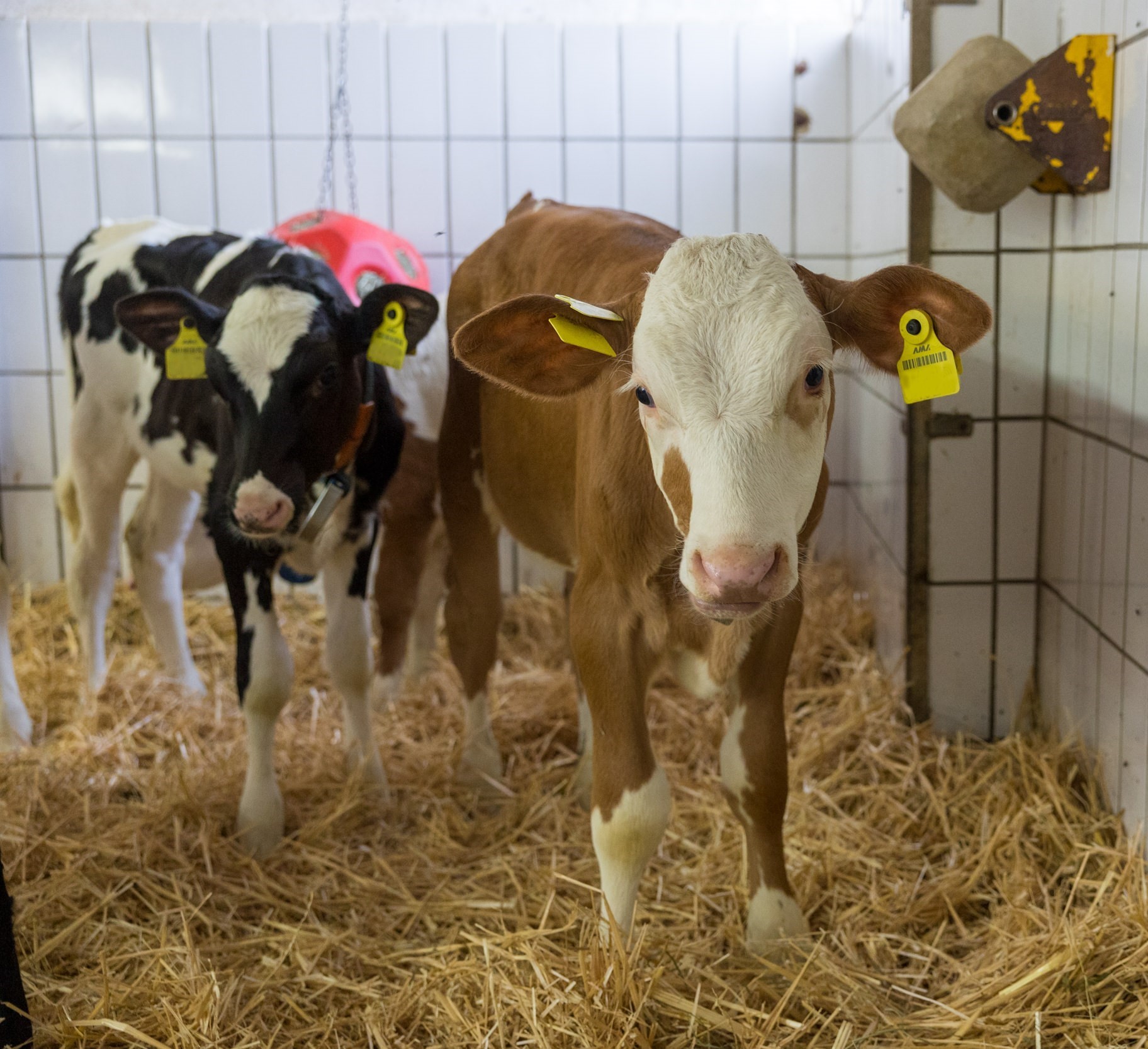A summary of this:
Concentrate-rich starter feeds are often fed to calves to promote calf growth. However, feeding such starch-rich, low-fiber starters can impair digestive tract development. In addition, there are hardly any studies to date that have examined the effect of feeding on carcasses and meat quality of calves. Therefore, the aim of this work was to investigate the influence of hay quality and concentrate feeding on the development of the digestive tract, slaughter performance and meat quality of 100-day-old calves. A total of 20 calves were assigned to four different feed groups, which, in addition to acidified milk, received one of four experimental feeds: (1) 100% medium quality hay (MQH), (2) 30% MQH and 70% concentrated feed, (3) 100% high quality hay (HQH), (4) 30% HQH and 70% concentrate. The acidified whole milk was fed until the end of the 12th week. From birth until slaughter at 100 days of age, the calves had free access to experimental feed and water.
In general, it can be said that hay quality and concentrate feeding had a major influence on the development of the digestive tract, and in particular the rumen wall. However, the influence on slaughter performance and meat quality was small. The calves that received concentrated feed grew faster, had higher weights at slaughter, as well as higher blood volumes and larger organs of the cardiovascular system. Calves that received only MQH had the smallest kidneys and liver. The proportion of the entire digestive tract in the entire body was lower in the calves fed concentrates, but the weight of the forestomaches did not differ. Strength feeding resulted in thicker keratin layers and thicker epithelial tissue in the rumen and wider rumen villi. The quality of hay primarily influenced the width of the rumen villi and the thickness of the epithelial tissue. Avoiding concentrated feed led to a thicker layer of muscle in the rumen and larger salivary glands.
In summary, the type of solid feed influences the development of the digestive tract, with concentrate feeding increasing the risk of keratinization of the epithelial tissue in the rumen, but also increasing daily weight gain and slaughter performance.
The full article can be accessed via the journal homepage: https://www.tandfonline.com/doi/full/10.1080/1745039X.2023.2197633






